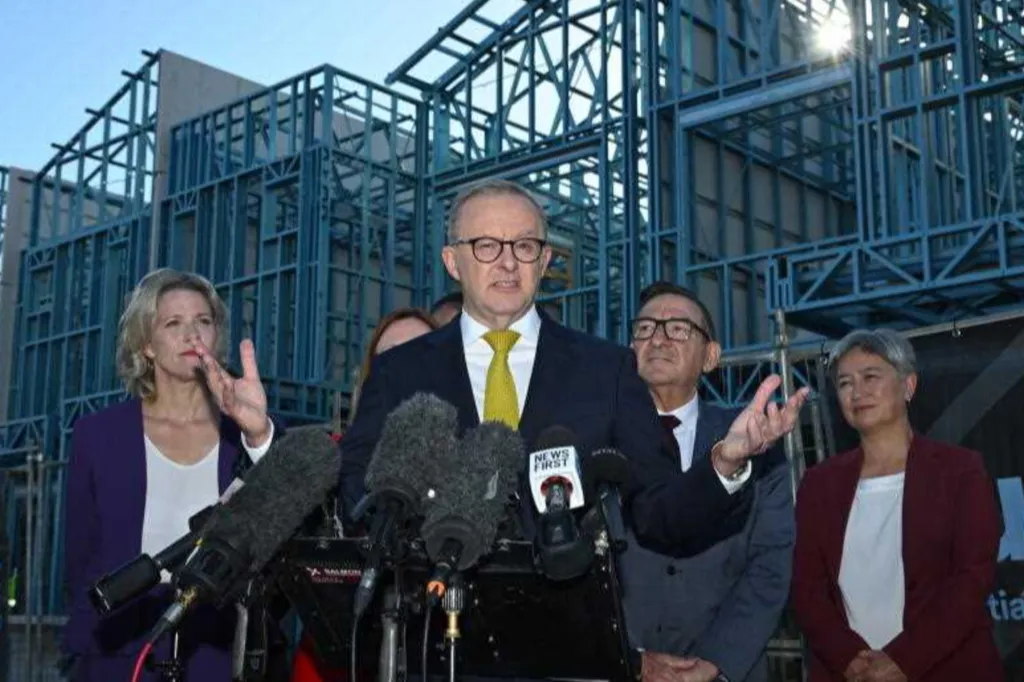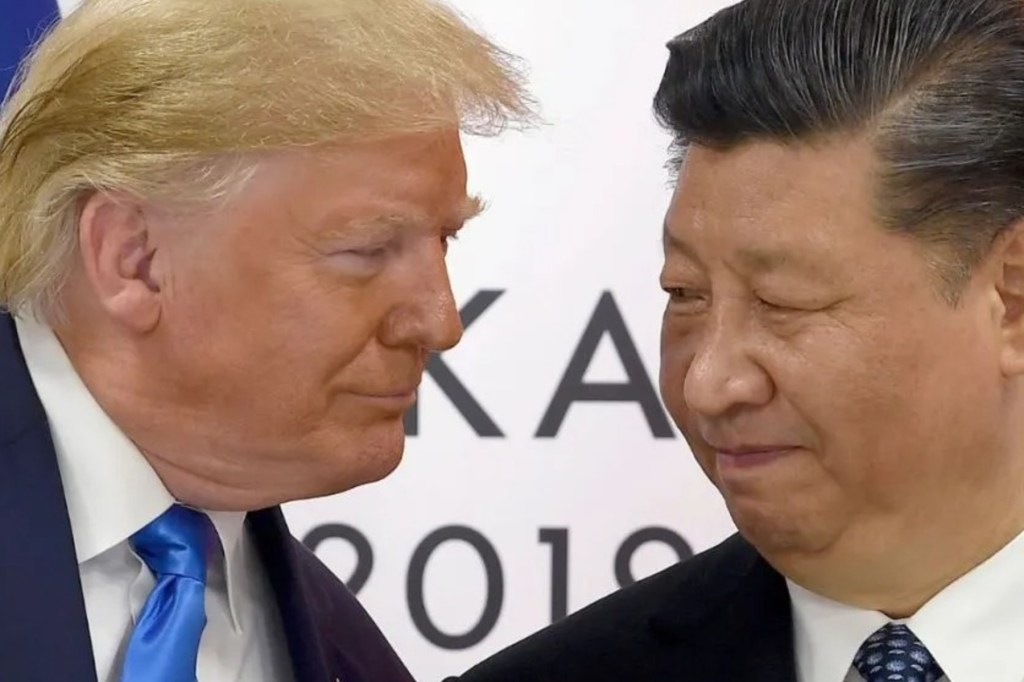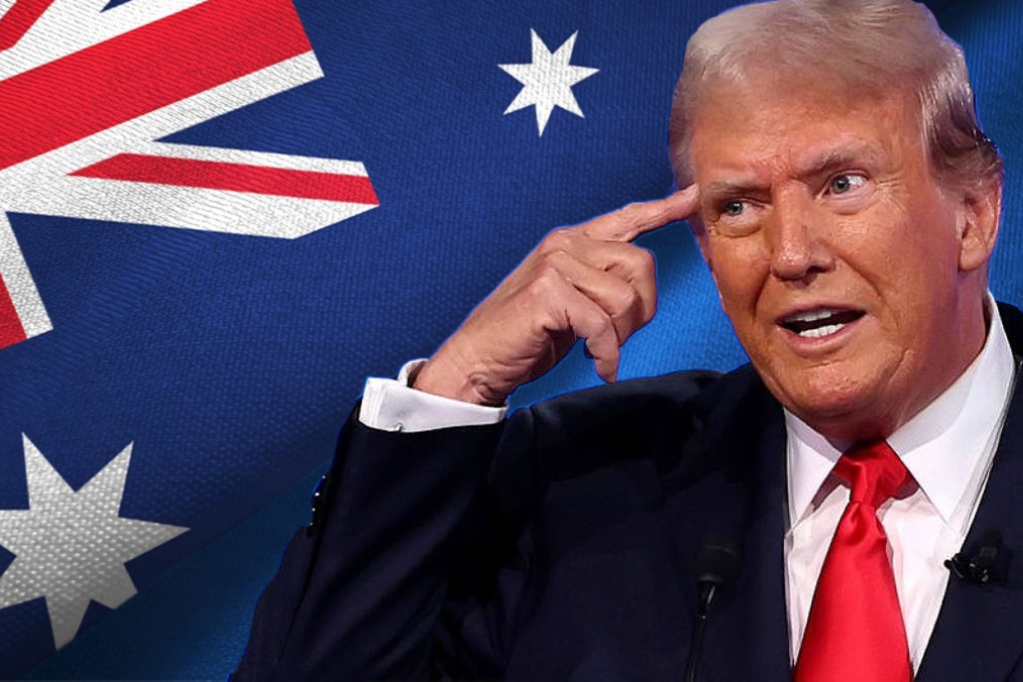Why workers are suffering as RBA continues to pursue ‘narrow ideological perspective’
Even in the internet age, many global trends take longer to get to Australia – not just fashion and movies, but economics, too.
That was true of the recent wave of inflation. It was slower to arrive in Australia: Inflation here peaked in December 2022, a few months after North America and Europe. And it was slower in abating.
Overall, however, adjusting for time lags, Australian inflation has followed the same course as in other OECD countries.
Inflation is now almost back to the Reserve Bank of Australia’s 2.5 per cent target (falling to 2.8 per cent year over year in the latest reading).
In Australia, like the rest of the world, the temporary surge in inflation was a painful but clearly transitory aftereffect of the pandemic: Supply shortages, pent-up consumer demand, and excess profit-taking pushed prices up.
But when supply conditions stabilised, inflation came tumbling back down as fast as it rose.
Supply-led inflation
Contrary to old-fashioned storylines about wage-price spirals and excess spending power, post-Covid inflation was overwhelmingly supply side in nature.
And record profits, not undue wages, have been its dominant distributional manifestation.
Supply chains and energy prices stabilised, and inflation quickly normalised. So what happens now?
You might like
Unfortunately, Australia is now lagging behind another global trend: Bringing interest rates back to earth.
Despite the rapid decline in inflation, the RBA decided this week to maintain a year-long freeze in its policy rate – holding it at 4.35 per cent.
Hopes crushed
The bank crushed hopes for pre-Christmas rate relief by proclaiming it doesn’t expect “underlying” inflation (reflected in its preferred “trimmed mean” measure) to “sustainably” reach its 2.5 per cent target until 2026.
Virtually no analysts expect a rate cut until February at the earliest; some now suggest rates might not come down at all.
The RBA’s stubborn commitment to high rates risks handicapping Australia’s economic recovery, even as other industrial countries shift monetary policy back to stimulus.
Virtually every other major central bank has already cut rates, some moving three or four times already.
Slow to cut
As shown in the table, the Swiss National Bank was first out of the gate, with cutting in March. It has since cut two more times, reducing the rate to 1 per cent – less than a quarter of the RBA’s level.
The Bank of Canada has cut four times, most recently by a supersized 0.5 per cent, for a cumulative reduction of 1.25 per cent.
The European Central Bank has cut three times, and the Reserve Bank of New Zealand twice.
The US Federal Reserve was late to the party but arrived with a bang: A supersized 0.5 per cent cut in September.
Market observers are virtually unanimous the Fed will cut again this week (quite possibly by another 0.5 per cent). The Bank of England is also expected to cut again this week.
Stay informed, daily
Relief needed
A national economy is a big ship, which takes time to turn through interest rate adjustments. Economists think it takes 18 to 24 months for the full effects of rate changes to be felt.
That means most of the RBA’s previous 13 rate hikes (starting in May 2022) have still not been fully digested.
Recent abysmal economic conditions (with annualised growth GDP under 1 per cent for the past three quarters) will get worse unless the RBA quickly delivers some relief.
And the experience of other countries confirms that if central banks wait too long to start cutting, they will overshoot their target – suppressing inflation too low by their own benchmarks.
It might seem odd to worry about inflation being too low, but according to their own theories, central banks are supposed to be as concerned about inflation that’s below target, as above it.
Profound weakness
Unduly low inflation is a symptom of profound weakness in job creation, spending power and confidence, and can lock in weak consumer and business spending for years.
Inflation has already fallen below official 2 per cent targets in both Europe (1.7 per cent at last reading) and Canada (1.6 per cent). It will soon do so in America, too: The Fed’s preferred PCE measure of inflation was just 2.1 per cent in September, and will fall further in the coming months.
More concerning than below-target inflation is unmistakable evidence of painful economic stagnation, bordering on recession.
Workers pay price
Workers are paying the price for a one-sided anti-inflation policy through rising unemployment and growing insecurity. That’s motivated other central banks to cut, and cut quick. But the RBA seems deaf to these concerns.
The RBA’s perverse commitment to high rates, despite abundant evidence of decelerating prices and a staggering labour market, reflects a narrow, ideological perspective increasingly at odds with the rest of the world.
The bank seems to take pride in posing as the tough-love guardian of price stability.
But its narrow focus on an abstract measure of “underlying” inflation is driving Australia’s economy into deepening malaise, and violates its statutory mandate to pursue broader economic wellbeing, not just price stability.
We will lag well behind the rest of the world in getting back to normal rates, and normal growth, unless the RBA changes course – and quickly.
Jim Stanford is an economist and director of the Centre for Future Work.
– TND





